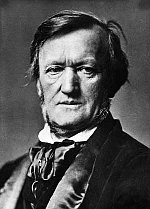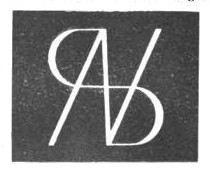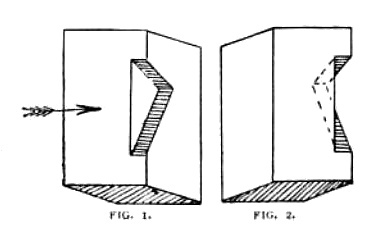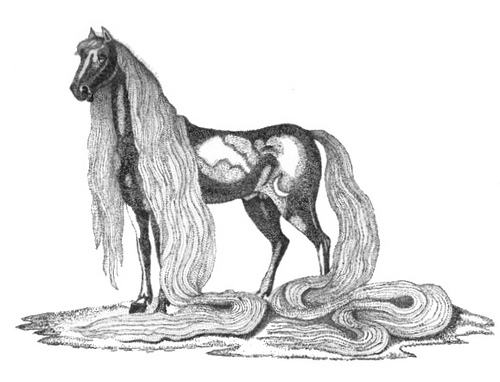
“Richard Wagner the composer and the number 13 is worthy of note. It takes 13 letters to spell his name; he was born in 1813; these figures added (1, 8, 1, 3) make 13; hence the letters in his name and the sum of the figures of his birth-date make twice 13; he composed exactly 13 great works; ‘Tanhäuser’ was completed April 13, 1845; it was first performed March 13, 1861; he left Buyrenth September 13, 1861; September is the ninth month, and hence 9 added to the figures 1, 3, make 13; finally he died February 13, 1883.”
– Miscellaneous Notes and Queries, September 1893




